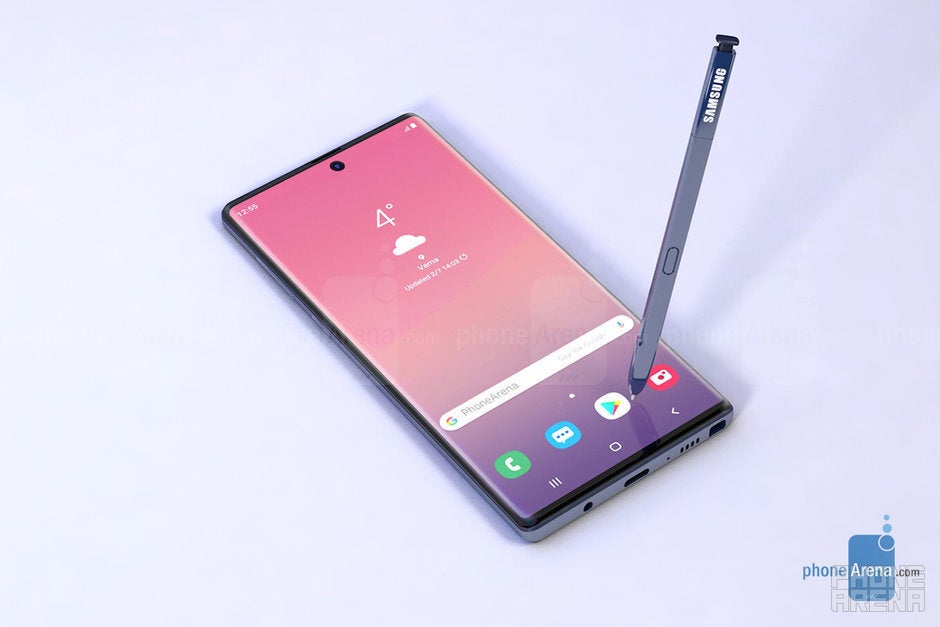Samsung's Galaxy S11 might skip the cool design everyone wants

The Samsung Galaxy S10+, S10, and S10e
The punch-hole display will probably make a return
Earlier this year, Samsung confirmed that it was developing full-screen displays that require no workarounds. This means no pop-out camera, no punch hole, and certainly no notch. The overall design is achieved by employing under-screen cameras, a technology that is currently under development. Samsung, nevertheless, stated that the first devices to benefit from the advancements would land within the next year or two.

The Galaxy S10 & S10+
In the hope of making the camera punch hole less noticeable, Samsung is claimed to be working towards reducing the size of the cutout. Specifics weren’t mentioned regarding the positioning, but the upcoming Galaxy Note 10 series will reportedly shift the cameras towards the center of the panel, making a similar move on the Galaxy S11 lineup extremely likely.
A new manufacturing process for Samsung's chipset is possible
The report also pointed out the fact that Samsung is currently working towards manufacturing 5-nanometer processors, something Sina believes could be used inside the Galaxy S11 series.
Because Samsung’s next-gen flagships are still many months away, a final decision regarding the process used to manufacture its 2020 high-end processor probably hasn’t been made yet. As a result, these details could be subject to change.

Considering the possibility of delays regarding 5-nanometer chips, it seems more likely at this point that the Galaxy S11 trio will instead use a processor built using the 7-nanometer process. Currently, this manufacturing technique is used in the production of Qualcomm’s Snapdragon 855 used inside the US Galaxy S10 series. However, the Exynos 9820 used inside the European models is built on an 8-nanometer process. Thus, the shift should introduce a noticeable boost in performance and improved battery life.
The Galaxy Note 10 & Note 10 Pro are Samsung's current focus
The Samsung Galaxy S11, Galaxy S11+, and Galaxy S11e are all expected to arrive during the first quarter of 2020, presumably at an event held during mid to late February. In the meantime, Samsung’s focus is the Galaxy Note 10 and Galaxy Note 10 Pro which are on track for an August launch.
For those of you that aren’t aware, these flagship smartphones are expected to introduce a drastically redesigned rear that involves a vertically-aligned camera setup positioned in the top-left corner. According to leaked information, both devices will borrow the Galaxy S10’s camera hardware. This includes a 12-megapixel variable aperture camera accompanied by a 12-megapixel 2x telephoto zoom camera and a 16-megapixel ultra-wide-angle sensor. The Galaxy Note 10 Pro may also benefit from the dedicated Time-of-Flight sensor presently found on the recently-released Galaxy S10 5G.
Other details should include Android 9 Pie straight out of the box alongside Samsung’s One UI overlay, a 4,300mAh battery inside the Galaxy Note 10 and a 4,500mAh battery inside the Pro variant, support for fast charging, and separate 5G variants of both models.

Samsung Galaxy Note 10 concept render
Follow us on Google News












Things that are NOT allowed:
To help keep our community safe and free from spam, we apply temporary limits to newly created accounts: